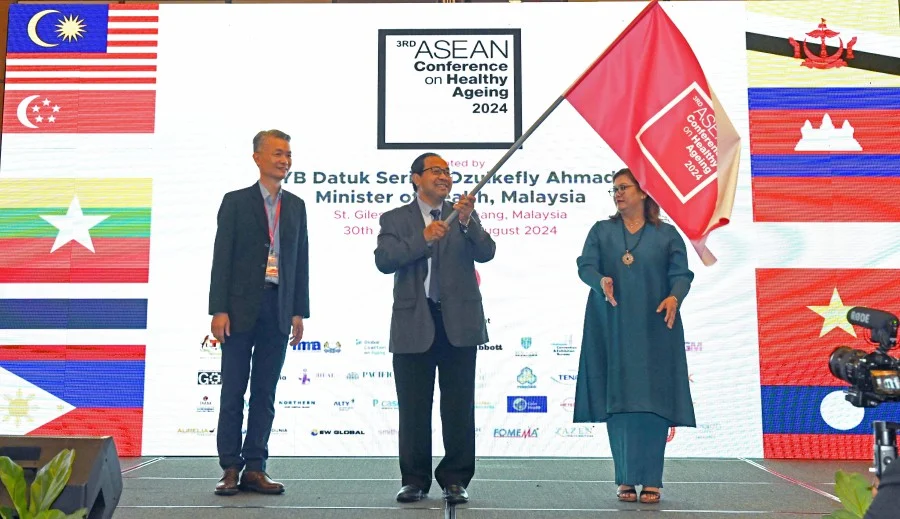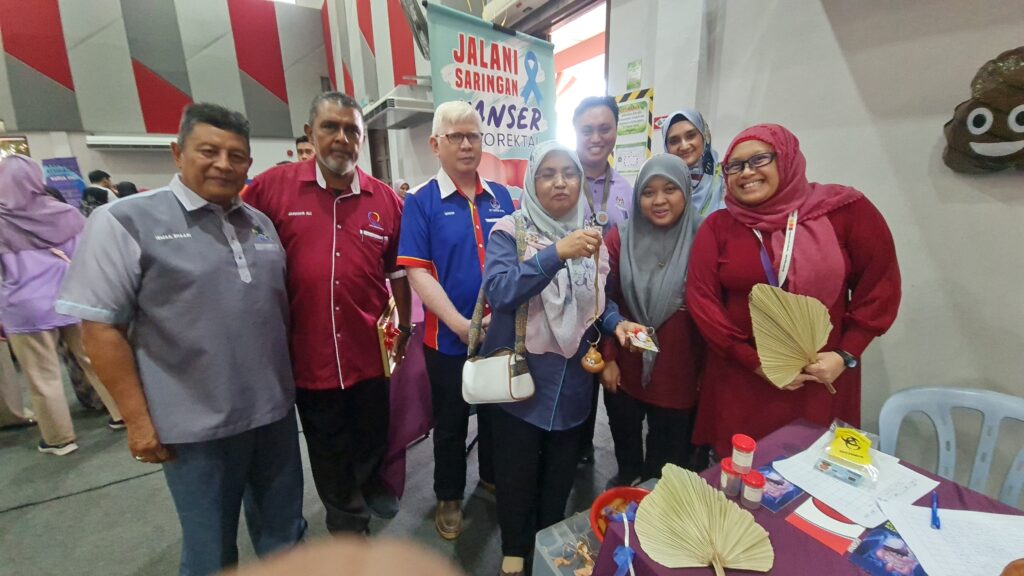THE Academy of Medicine Malaysia’s Chapter of Psychiatry was formed in 2018 to spread awareness of mental health. It has been active in its call to repeal or amend Section 309 of the Penal Code to decriminalise suicide, as well as its endeavour to prioritise Covid-19 vaccination for patients with severe mental illnesses, and is now committed to aligning with the themes of Mental Health Day 2021 on Oct 10 to reach out to all levels of society by making mental health services more accessible.
The World Federation of Mental Health’s theme of “Mental Health in an Unequal World” and the World Health Organisation’s theme of “Mental Health for All: Let’s Make It a Reality” both emphasise the importance of empowering primary care and general practitioners (GPs) in assessing and managing common mental health problems, especially in regions where specialist psychiatric services may be less available.
Mental health disorders are among the most common and disabling health conditions worldwide and should therefore be considered as a top global health priority.
In a 2015 National Health and Morbidity Survey (NHMS), Malaysia reported the prevalence of mental health problems as 29.2% among adults aged 16 years and above, with an increasing trend among adults from 10.7% in 1996 to 29.2% in 2015. The prevalence among children aged five to 15 years was 12.1%, with the incidence being higher in males and the younger age group (five to nine years) having a higher prevalence of mental health problems.

Although the 2019 NHMS reported a lower prevalence (7.9%) of mental health problems in the older group (10-15 years) as compared with the earlier survey, it was found that girls, living in rural conditions and those from lower income groups, were at higher risk.
The latest national prevalence of depression was 2.3%, which is comparable with other countries (2.4%-10.4%). This accounts for about half a million people, and women – those single, from rural areas and lower income groups – are most affected.
And although the lifetime prevalence of illicit drug use in Malaysia is lower than the global prevalence, the findings reported that our nation was not spared the scourge of substance abuse despite data on the decreased proportion of binge drinkers and heavy episode drinking (NHMS, 2019).
Suicide rates have risen, as has the incidence of anxiety and depressive disorders, not only among the population in general but also among our frontliners. This pandemic has highlighted deficiencies in our overall healthcare delivery, with mental health needs and services for the public being one of them.
With these relatively high figures, it is essential that mental health services are optimised and sufficiently staffed. However, there exists a treatment gap between this burden and the availability of resources to manage and reduce it. This is defined as the proportion of people with mental disorders in a population that are not in contact with services benefiting from evidence-based medicine.
Innovations to reduce this gap have thus far addressed merely the needs in the “supply side”; it has been recommended that the “credibility gap” must be addressed too, namely that of rephrasing these disorders by taking into account the level of distress and cultural conceptualisation of stigma.
The number of psychiatrists in Malaysia currently stands at around 500, the ratio being roughly one psychiatrist for 100,000 people. The recommended World Health Organisation ratio is one psychiatrist serving 10,000 people. To effectively balance this disparity in Malaysia, other healthcare professionals will need to be upskilled to assess and manage mental health issues in the community.
Malaysia currently has more than 57,000 doctors, of which GPs make up 6,700 serving both urban and rural areas. Throughout the history of medicine in Malaysia, GPs have played a vital role in the provision of healthcare and are the focal point for medical contact in most communities.
The “family doctor” concept was coined by the Health Ministry in 2013 with the tagline “One Family, One Doctor” and the 2019 NHMS had in fact reported that the rural population had a higher percentage of households visiting the same clinic at 58.4% while those committed to the same doctor in an urban setting was 44.3%. Out of this figure, it was found that 54.2% attended public primary care clinics and 44.8% had gone to private clinics. The percentage of households that kept seeing the same doctor was 24.1%, this figure again being higher among rural households.
Hence, training GPs and family physicians to assess and manage a large range of uncomplicated psychiatric conditions will help make much needed mental healthcare more accessible.
Some foreign medical bodies have been formally training GPs to diagnose and manage mental health problems from a biopsychosocial perspective, which includes prescribing psychiatric medication and providing counselling and some basic psychological therapies. Training such as this will help bridge the gaps in mental healthcare delivery.
The Chapter of Psychiatry hopes to set the wheels in motion by embarking on a debut collaborative “Training day in psychiatry” with the Academy of Family Physicians Malaysia on World Mental Health Day this Sunday. Oct 10, 2021, is also Doctors Day.
PROF DR PHILIP GEORGE & ASSOC PROF DR PREM KUMAR CHANDRASEKARAN
Published Originally at The Star Malaysia Read HERE






